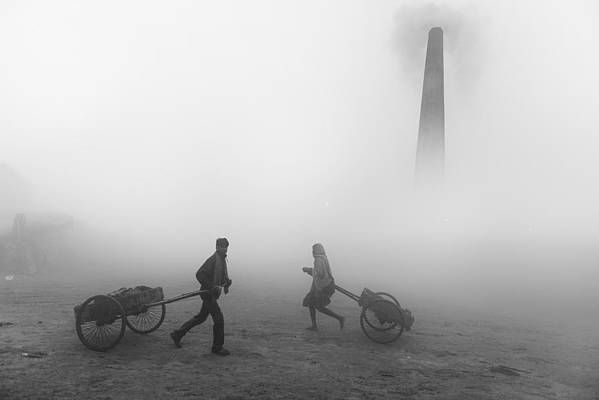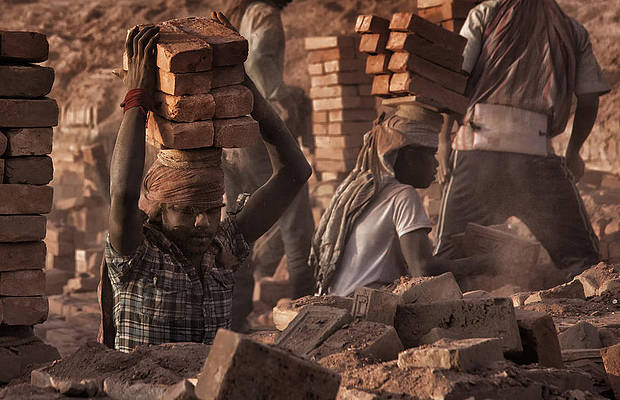
Machined bricks are made from pre-treated clay ground into a fine powder, making the bricks extremely resistant to extreme pressure and weight, requiring only a thin layer of gypsum to reinforce. That helps them provide additional strength, which has led to machine-made bricks being used in several landmark projects around the country. Due to the composition and manufacturing method, machine bricks can provide high thermal and acoustic insulation, which is ideal for commercial or residential buildings.
At the same time, technical bricks have exceptionally high compressive strength, making them ideal for projects with significant water exposure. Thin bricks can be useful for interiors, cladding, collapsible concrete parking lots or projects with weight issues as they look like bricks but have little to no weight. Another specialty brick that we always try to have in stock is “Tudor Brick” which is thinner than regular brick and is 2″ to 2.25″ thick and commonly used for building fireplaces. The great thing about handmade bricks is that although they may look old, you can still make them in metric sizes, ensuring the building is future-proof and efficient.
While the inconsistencies of handmade bricks are one of the attractions, handmade brick makers today still want to maintain a certain level of quality. Antique bricks can still be handcrafted today, are expensive, time consuming, and otherwise inefficient, so these characteristics are likely to be found in more historic masonry. Although you may not find many handmade bricks from the early periods of construction, they will be irregular in shape, may contain traces of thatch or grass, and will be larger than the bricks produced today.

Unlike paintings or quilts, which are completely handmade, handmade bricks cannot be made on this precise machine. This name comes from the fact that these bricks can be ground and then worked by hand as no machines are used to remove the bricks. The soft clay process produces sand or water with an uneven texture, which gives the brick (only brick is made with this process) the appearance of handmade bricks or antique bricks.
A piece of coarse clay is prepared and thrown by hand into a wooden mold sprinkled with fine dry sand. Excess clay is removed with a wire shackle, and a flat wooden pallet is placed on top, turning the mold upside down to remove the brick. For example other materials, such as water, can be added to free the clay from the molds to create water-sculpted bricks.
Small amounts of manganese, barium, and other additives are mixed with the clay to produce various shades, and barium carbonate is used to improve the brick’s chemical resistance to the elements. When used in a top clay (that has been cleaned), the clay will take on its natural color when fired into the finished brick, which can be quite different from the original material. When fired in traditional Northcot Master charcoal kilns. the clay produces an intense base color and the result is an interesting range of natural color quality bricks with a durable finish.
Considering the color variations within a single brick—from pink to plum, brown to brown—its shape and contours. The extruded brick, which is wet clay, allows Lincoln Brickworks to manually cut each brick into the desired unique shape or in small quantities. The brick extrusion process involves a machine that pushes clay (and other materials) through a mold that forms a consistent size and shape.
Clay bricks are becoming an increasingly popular handmade brick, but there are some differences. Countertop molds often produce the same results as brick pot molds. The manual process of extracting clay from clay rather than a machine, as we usually press clay into perfect shapes. A real brick costs a little more to produce than concrete because it is cast individually, not in a package. Although concrete has a relatively short manufacturing process, it is relatively inexpensive to produce in its raw form, especially since it can be mixed at home with a wheelbarrow. At Bulmer Bricks, the bricks are made from the finest London clay, made with seams fired in charcoal kilns since the Middle Ages.
Soft clay bricks are made by pouring clay into sand-covered molds that create a slightly wrinkled surface. Once placed in sandblasted molds, the handmade bricks are left to dry in a controlled environment, allowing the water contained in the clay to evaporate.
Each brick is handcrafted by the Old Mississippi Brick Company in Holly Springs, Massachusetts. With handmade bricks, the clay is shaped and placed into wooden molds one at a time, then placed in the dryer for 16 hours. They can be crafted to match the façade color and texture elsewhere in your home, as long as the company uses the right clay for your area (which is why using a local supplier might be a good idea). Recycled bricks are also available in a variety of colours; you can buy hand and machine made bricks in red, yellow, orange, blue, purple, brown, white and black, although by far the most common are red and orange and medium in every possible shade in between.
What many of us may not know is that most of the reddish fired bricks we are used to seeing are usually handmade and have a number of disadvantages compared to machine production. Machine-made bricks are harder and heavier than hand-made bricks, and their surface is often smooth and shiny, although this is not always the case. The resulting bricks show subtle variations in texture and uniform shape, but all the irregularities are part of the charm. Whether you’re adding an extension to an antique property and want it to match the original brick, or your home is in a conservation area, handmade bricks made from local clay are best for harmony and preserving the character of the place.
